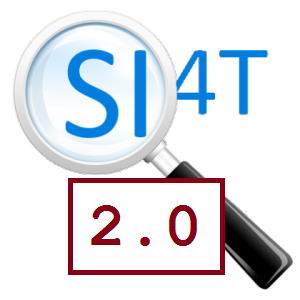 Today’s story about the People website publishing an obituary of Kirk Douglas death (he’s still very much alive) made me instantly think of two things:
Today’s story about the People website publishing an obituary of Kirk Douglas death (he’s still very much alive) made me instantly think of two things:
1. It’s amazing these websites have content like this backed-up and ready to go.
2. They should have been using Tridion, there’s a load of ways in which this could have been prevented.
So whilst I’d like to talk more about the content strategy around number 1 (it’s actually quite brilliant and I wonder who else is already written up), I’m going to be talking more how you can save yourself this embarrassment using SDL Tridion.
 Released last week – the first step on a path to lower the barriers (time, cost, knowledge, lack of standardization) of implementing SDL Tridion. In this post I aim to give a short introduction, by highlighting what you should and should not expect from the Reference Implementation.
Released last week – the first step on a path to lower the barriers (time, cost, knowledge, lack of standardization) of implementing SDL Tridion. In this post I aim to give a short introduction, by highlighting what you should and should not expect from the Reference Implementation.
 Its just over a year since Raimond and I launched
Its just over a year since Raimond and I launched 